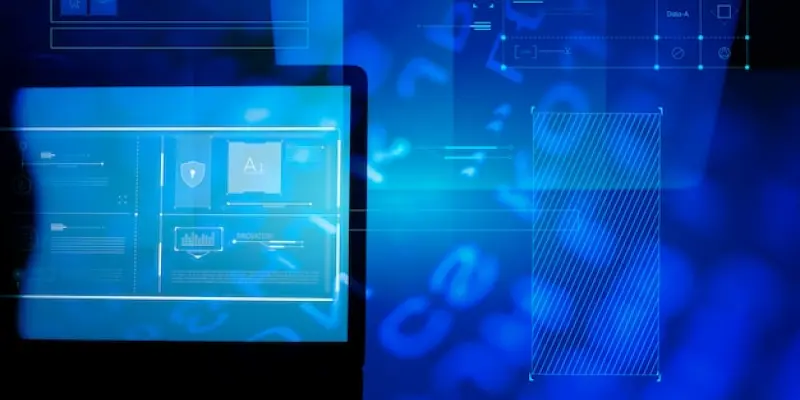As the transition from Windows 10 to Windows 11 intensifies, Microsoft has adopted a pointed communication strategy to underline potential risks of sticking with an unsupported operating system. With the official end of support for Windows 10 looming, Microsoft emphasizes the absence of new security updates, which the company suggests could open doors to cybersecurity vulnerabilities. This approach is designed to motivate users, highlighting the necessity of upgrading to Windows 11 to stay protected. While the warning about possible security threats may be technically sound, some critics perceive this tactic as overly fear-driven, prompting users to either upgrade their systems or consider purchasing new devices entirely. This shift in narrative suggests a strategic move by Microsoft to expedite the adoption of their newest operating system, marking a departure from their previous, more subdued methods of transition encouragement.
Navigating Through a New Communication Strategy
A recent video on the Windows YouTube channel sends a clear message: support for Windows 10 ends on October 14. The video highlights the need to switch to Windows 11 Pro, which offers enhanced security and performance features, thanks to its integration with advanced Intel vPro technology. Microsoft’s direct approach has sparked varied reactions. For some, the message serves as a crucial reminder to focus on system security and efficiency. However, others perceive it as a pushy tactic, sparking debates about consumer freedom and choice. Despite these differing views, Microsoft’s main point is undebatable: transitioning to Windows 11 is necessary to avoid security risks and align with their goal to keep user experiences modern and protected. This shift aims to fortify systems against emerging threats. As users plan their next tech decisions, weighing the importance of security against the freedom of choice remains vital. Balancing these aspects will guide them as they navigate the evolving digital landscape.

